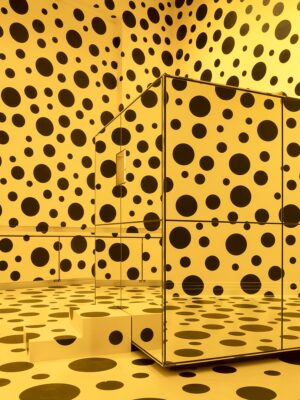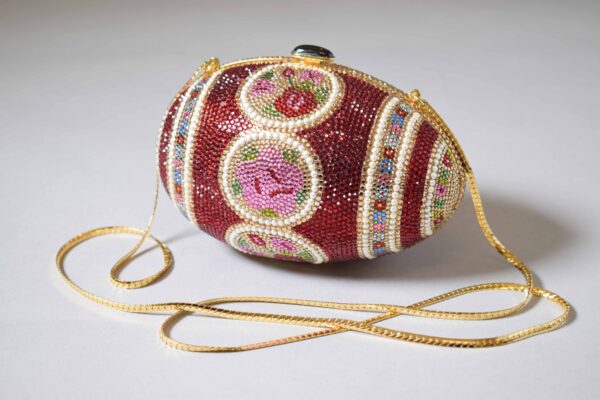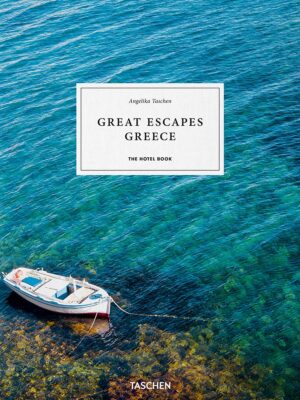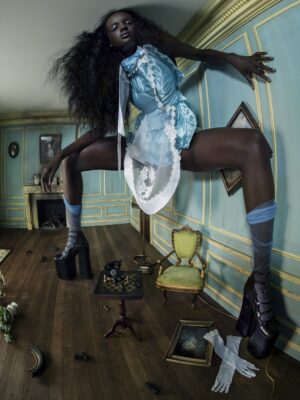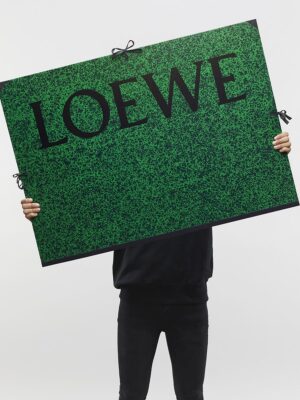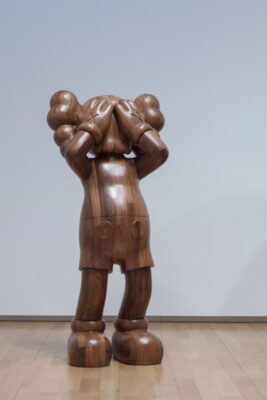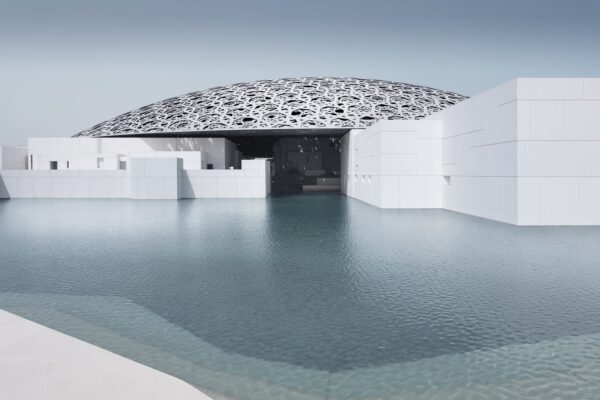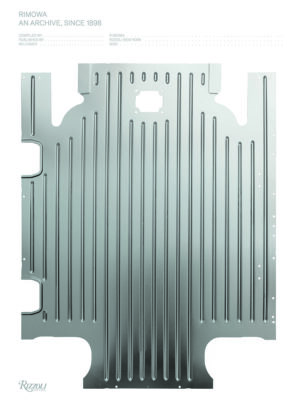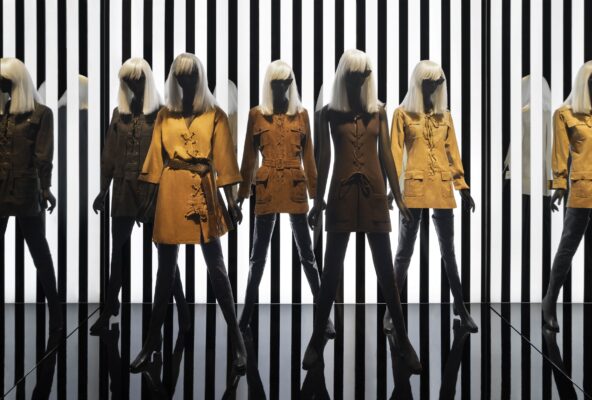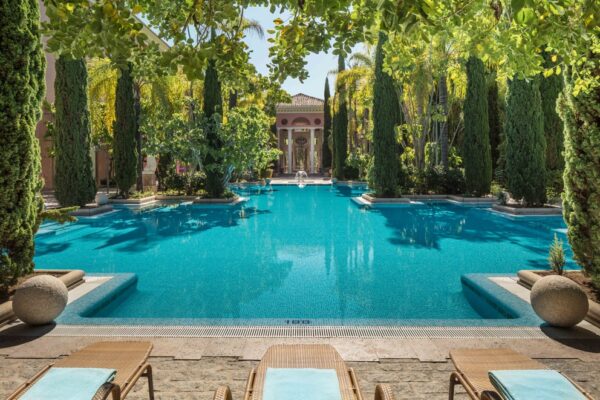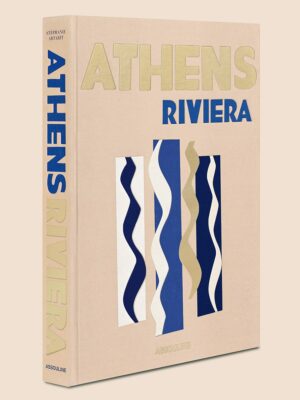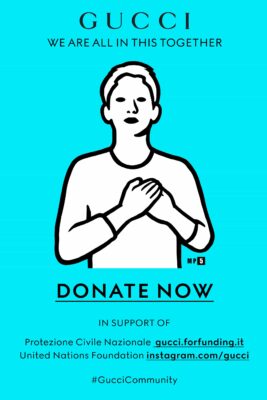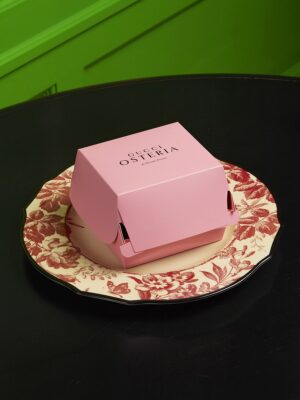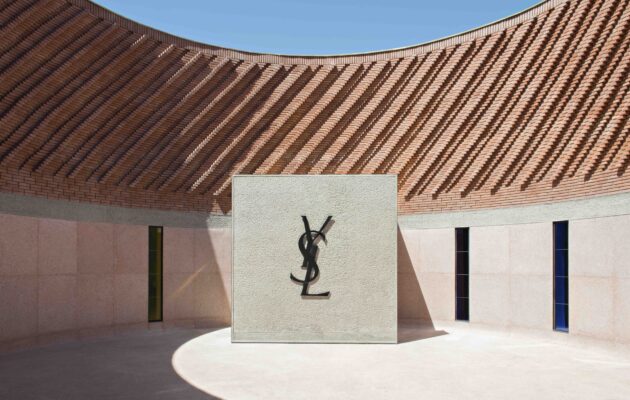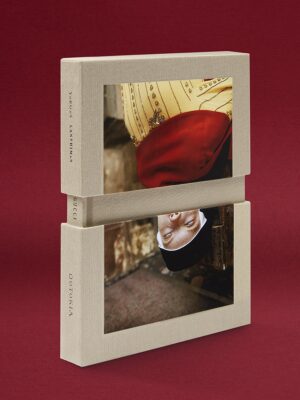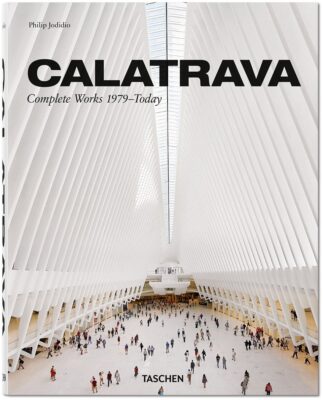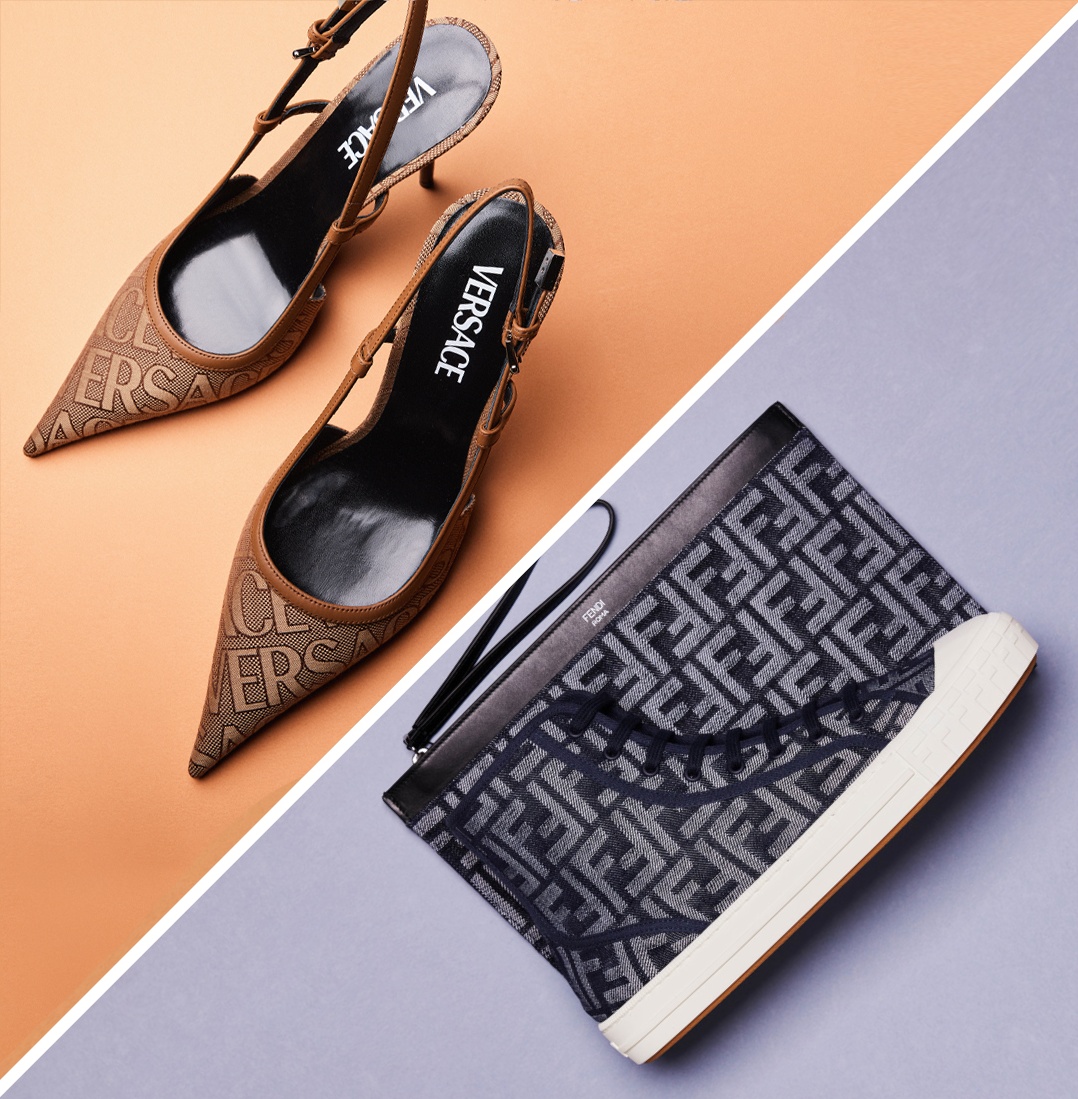
Musée Yves Saint Laurent
There is a street in Marrakech named Rue Yves Saint Laurent. This is where the musée YVES SAINT LAURENT is located, its doors opened to the public on 19 October 2017. Dedicated to the work of the great couturier, it conserves a part of the collection belonging to the Fondation Pierre Bergé–Yves Saint Laurent, that includes 5,000 articles of clothing and 15,000 haute couture accessories, as well as tens of thousands of drawings.
This is where the soul of the late artist and designer is still alive, together with his passion for the mystical land that he discovered back in 1966, when he first visited Morocco together with his life partner Pierre Bergé. From that moment on, it became like a second home to them, returning there a few times each year. Saint Laurent drew inspiration from Morocco for his collections, and the two men remained actively involved in making a positive contribution to the country. The renowned Jardin Majorelle is another monument of the designer’s “Morrocan passion”. A stone’s throw from the museum, it was acquired by Yves Saint Laurent and Pierre Bergé in 1980.







Walking by the museum, its facade appears as an intersection of cubes with a lace-like covering of bricks, creating patterns that recall the weft and warp of fabric. As with the lining of a couture jacket, the interior is radically diff erent: velvety, smooth and radiant. The pea coat, the Mondrian dress, ‘le smoking’ and the safari jacket are all here, part of an exhibition that is a true voyage to the heart of what influenced the designer. Chosen designs are seen alongside immersive audiovisual elements – sketches, photographs, runway shows, films, voices and music – that, by offering a sort of dialogue with the garments, reveal the couturier’s creative process and invite us into his world.
If visiting the wonders of Morocco are not reason enough to travel to this corner of the world, maybe the fashion-lover in you will discover a piece of true history right here.





